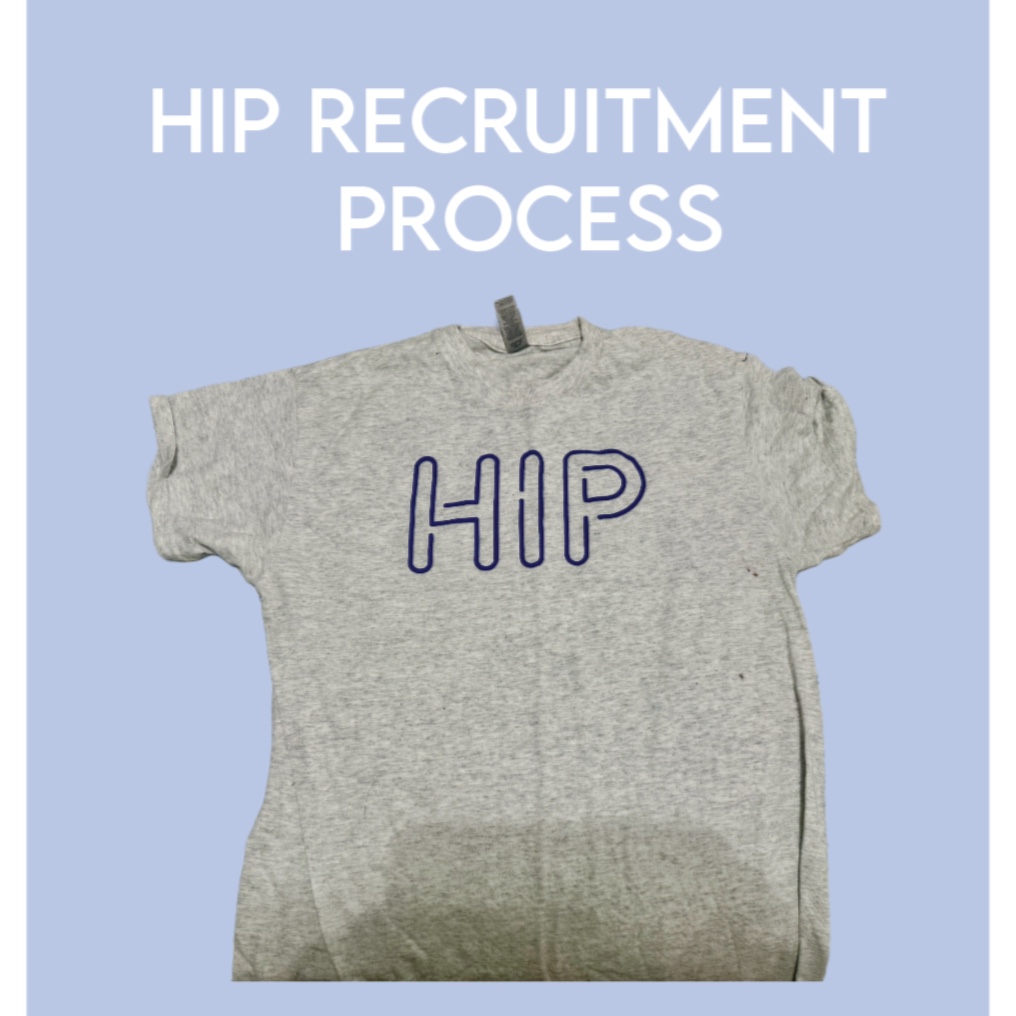The first thing many students do as soon as they stumble through the door from school is lie down and open Instagram, TikTok or whatever short-form media outlet they desire.
Promises of “just five minutes” or “I will start my work at 3:15” turn into hours and hours of endless scrolling. When the time comes to finally leave the cave of rot and return to “real life”, waves of mental and physical exhaustion come at full speed and hit like a bus.
This endless scroll, or “doomscroll,” is the endless consumption of short-form media that can span from 15 minutes to three hours at a time. In a more formal definition, it is the unstoppable inhale of bad news.
This often goes hand in hand with how the user feels. When feeling upset, one will often turn to upsetting news to have their feelings validated, often leading to a cycle of feeling bad. Scroll. Scroll more. Feel bad. Scroll again. It can come to the point where one is not even aware of the amount of time or how often this scrolling cycle has gone on.
This term grew in use and developed greatly during COVID-19, as many were stuck inside with nothing to do. So, the solution became opening social media. Short-form content exploded, and attention spans plummeted, as well as mental health.
Constant instances of doomscrolling also disrupt teen sleep schedules. If a teen spends their night scrolling before going to sleep, the aggression and the energy of the content being viewed can throw the brain into believing it is still day or not yet time to shut down and go to sleep, causing difficulty falling asleep.
With lack of sleep, also comes a lack of focus. The habit of opening up Instagram or TikTok before bed can result in falling asleep during classes, lack of understanding of what is being taught and even a significant drop in grades and progress in a class. Other impacts of not giving the brain enough time to rest and reset include an increase in poor judgment skills, slow processing of information and loss of memory.
Another negative impact is the more time spent scrolling, the more teens tend to draw themselves away from social situations. The attachment to their phone and constant need to scroll whenever given a second to do so, often makes teens forget about plans with friends or cancel plans because of the want to stay home scrolling all day.
While it can be entertaining to rot in bed for hours watching 15 second videos of cats being silly, it is also highly unhealthy. “Bed rotting,” a subgenre of the Doomscroll, is terrible for mental health, especially that of teens.
The term “Bed rotting” stems from a TikTok trend that highlights the importance of taking a break when facing burnout and romanticizes lying in bed and doing nothing to heal. However, if not done in moderation, sitting and doing nothing but watching shows and eating snacks in bed for multiple hours a day can worsen the burn-out. Regeneration makes no progress if the body does not get the same reset treatment as the mind. Often, a sign of depression is if one spends excessive amounts of time in bed. For teens, excessive Bed rot can lead to higher levels of depression and anxiety.
To stop this negative cycle, the first step is to always set limits. By creating a time limit on one’s phone of 30 minutes to an hour, they have a specific amount of time to rot and scroll every day before they have to continue on with work, exercise, social activities or hobbies. Setting limits helps train the brain into being used to spending 30 minutes or more on social media every day, instead of spending hours on end mindlessly scrolling.
Rooting out the sources and accounts creating this negative feeling in the viewer is another step in the right direction. Certain accounts one follows or videos one sees may trigger sadness, or insecurity when watching the videos made, or cause the viewer to have greater bouts of anxiety due to the constant barrage of negative news being put out every day. Following accounts that promote positivity and a peaceful atmosphere help teens feel more motivated and willing to branch out.
The constant movement of the body can aid in distracting that urge to pull out one’s phone and open Instagram. When feeling the urge to stop working and lie in bed for six hours scrolling, instead of making the mood a negative one, make it a positive one by putting on shoes and going for a walk or run.
Implementing something active into the day takes out a chunk of time usually used to sit and wallow on social media. Instead of using a beautiful, sunny day to sit on the phone, use it to do yoga, paint a landscape, have a picnic, bake with friends, scrapbook or again, go for a walk or run.
Once the phone gets picked up and the user opens the app, the hardest thing is closing it. By practicing these habits every day, they become less of a chore to do and more integrated into everyday life. Disconnecting bit by bit can greatly increase mental health, restore good sleep schedules and overall make one much happier. Instead of choosing doom and spending hours at a time scrolling, choose happiness, close out the app and learn to love life away from the screen.












